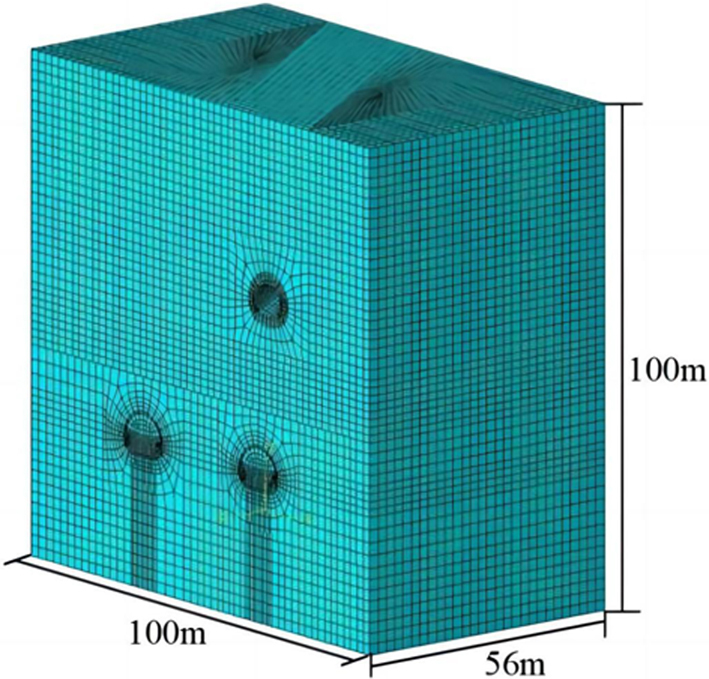Safety assessment of the construction of double track tunnels underneah exsiting railway tunnels
1
Tunnel Engineering Company, Ltd. of CCCC, China
2
LTD, Power China Railway Construction Investment Group Co., China
3
College of Pipeline and Civil Engineering, China University of Petroleum, China
4
No. 7 Engineering Co., LTD, CCCC First Highway Engineering Group Co., LTD, China
Submission date: 2023-06-28
Final revision date: 2023-08-29
Acceptance date: 2023-09-21
Publication date: 2024-04-02
Corresponding author
Archives of Civil Engineering 2024;70(1):375-387
KEYWORDS
double-line tunnelunderpass constructionstratum settlementrepetitive disturbancenumerical simulation
TOPICS
ABSTRACT
Introduction
The ground disturbance caused by the tunnel construction will inevitably have an impact on the upper part of the constructed tunnel structure, and the railroad tunnel requires a very high level of control over the structural settlement deformation. For the problem of double-hole tunnel under the built tunnel, this paper takes Chongqing Mingyue Mountain Tunnel under the built Shanghai-Rong Railway Paihua Cave tunnel and Zheng-Yu Railway tunnel as the engineering background, and starts from the mechanism of ground loss caused by tunnel excavation, firstly, the settlement at the height of the existing tunnel strata is obtained through theoretical analysis, and the new Mingyue Mountain Tunnel under the Shanghai-Rong Railway tunnel is determined to be a more dangerous section. Further simulate and calculate the dynamic excavation process of the new double-hole tunnel underpass, and study the settlement deformation law of the Mingyue Mountain Tunnel underpassing the Hulong Railway Tunnel. According to the requirements of railroad tunnel for settlement deformation control, the new tunnel is determined to be constructed by step method to ensure the safety of railroad tunnel. The shortcomings of the theoretical calculation are analyzed to illustrate the important role of numerical simulation in the evaluation of tunnel underpass projects.
Material and Methods
Results
Conclusions
Share
RELATED ARTICLE
We process personal data collected when visiting the website. The function of obtaining information about users and their behavior is carried out by voluntarily entered information in forms and saving cookies in end devices. Data, including cookies, are used to provide services, improve the user experience and to analyze the traffic in accordance with the Privacy policy. Data are also collected and processed by Google Analytics tool (more).
You can change cookies settings in your browser. Restricted use of cookies in the browser configuration may affect some functionalities of the website.
You can change cookies settings in your browser. Restricted use of cookies in the browser configuration may affect some functionalities of the website.




